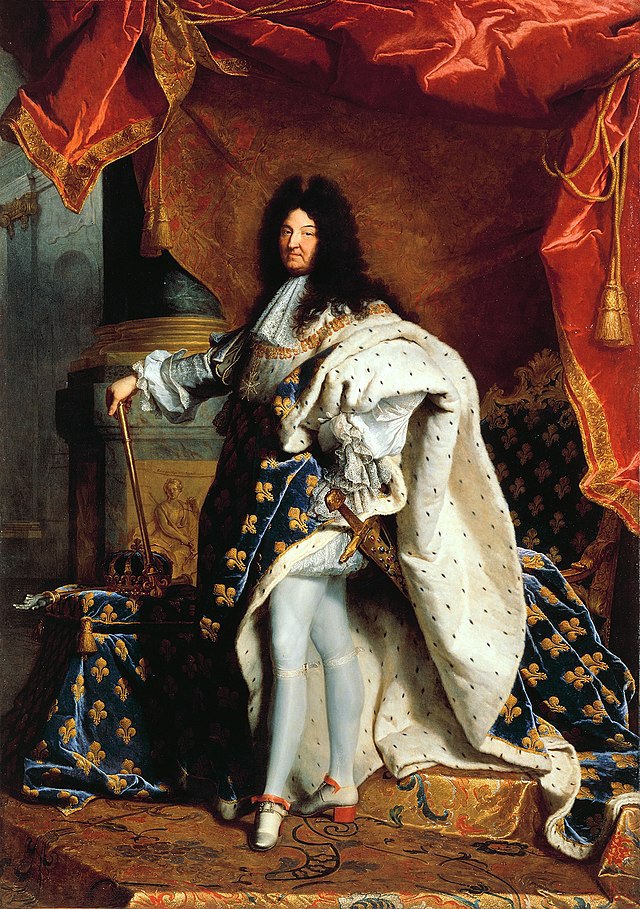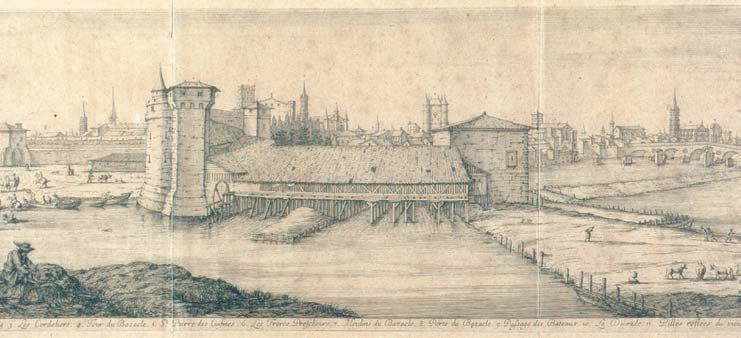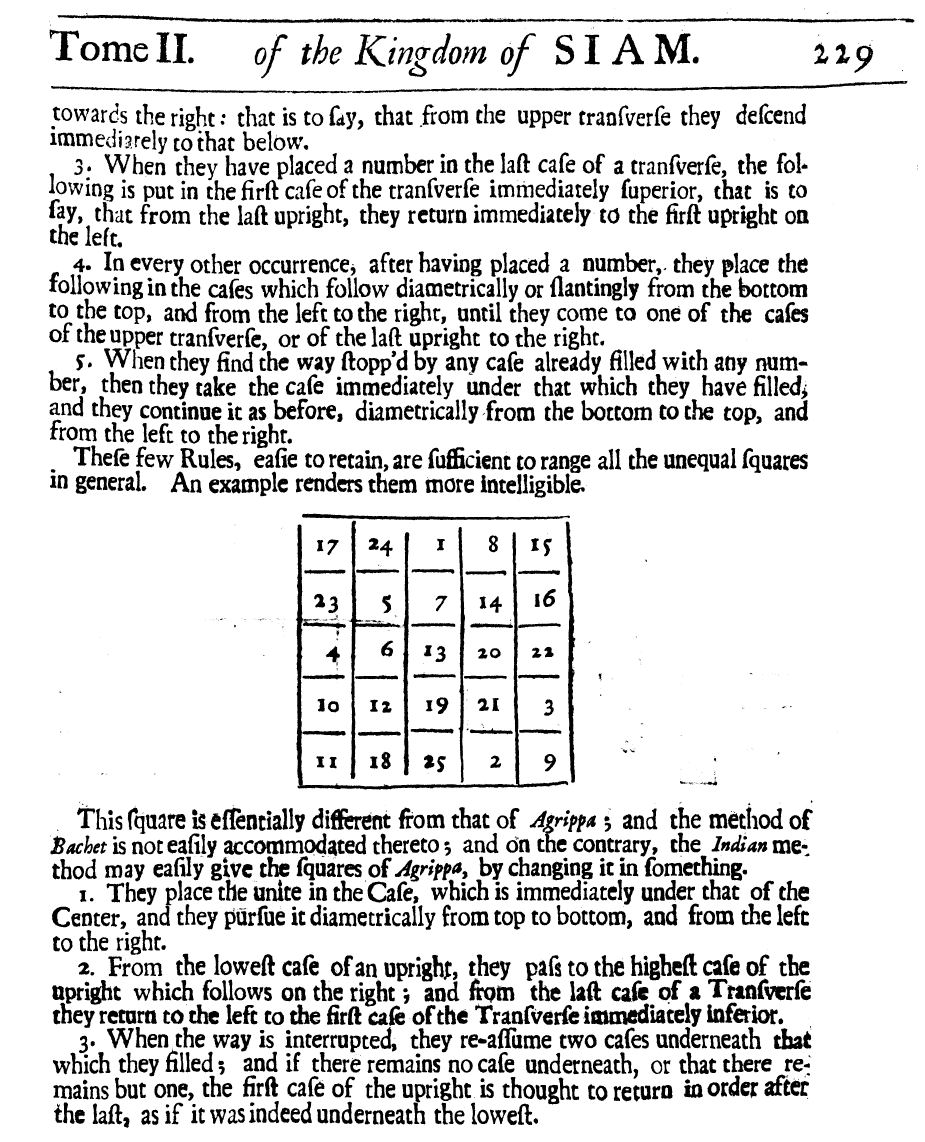The Extraordinary Journey of Simon de la Loubère: France’s Window into 17th Century Siam
Introduction
Imagine stepping into a world vastly different from your own—a land of golden temples, bustling marketplaces, and intricate traditions that govern everyday life. This is the world that Simon de la Loubère encountered when he set sail for Siam in 1687, tasked with representing King Louis XIV. His journey was more than just a diplomatic mission; it was an opportunity to capture a rich and mysterious kingdom through the eyes of an outsider. As I read New Historical Relation of the Kingdom of Siam, I was transported back in time, following de la Loubère’s footsteps through the royal courts, Buddhist temples, and lively streets of Ayutthaya. His meticulous observations not only painted a vivid picture of 17th-century Siam but also provided an invaluable historical record that still fascinates readers today. Inspired by his journey, I set out to summarize his remarkable findings and share them with you in this blog.
 |
| King Louis XIV |
| New Historical Relation of the Kingdom of Siam |
Who Was Simon de la Loubère?
Simon de la Loubère (1642–1729) was a French diplomat, writer, mathematician, and poet best known for his mission to Siam (now Thailand) on behalf of King Louis XIV. Born on April 21, 1642, in Toulouse, France, he came from a distinguished judicial family. His father, Arnaud, was a magistrate and man of letters, while his uncle, Antoine, was a Jesuit priest known for his work in mathematics and geometry. Encouraged by his family, de la Loubère developed an early interest in literature and science.
 |
| Les moulins du Bazacle de Toulouse, in 1642 |
As a young adult, he moved to Paris, where he actively participated in literary circles and made influential contacts. His public career began in 1672 when he was appointed as secretary to the French ambassador in Switzerland. In 1687, he was chosen by King Louis XIV to lead a diplomatic mission to Siam. Upon his return, he documented his experiences in "Du Royaume de Siam" ("A New Historical Relation of the Kingdom of Siam"), published in 1691, which remains a valuable historical record.
| Du Royaume de Siam (A New Historical Relation of the Kingdom of Siam) |
Although details about his marital status are scarce, there is no clear evidence indicating whether he was married. Being part of a prominent judicial family suggests they were well-off, but specific information about their financial status is not readily available. While records of his formal education are limited, his extensive knowledge in literature, science, and mathematics indicates he received a substantial education, likely facilitated by his learned family environment. In 1693, he was elected to the Académie Française, where he occupied Seat 16 until his death on March 26, 1729.
The Mission to Siam
In the late 17th century, King Louis XIV aimed to establish stronger ties with Siam, partly for trade, partly for religious expansion, and partly as a political strategy. In 1687, he sent Simon de la Loubère, alongside other diplomats, to negotiate with King Narai of Ayutthaya. While the diplomatic mission itself was not highly successful in securing long-term French influence, de la Loubère’s observations provided an invaluable record of Siamese society.
 |
| King Narai of Ayutthaya |
A Writer, Not Just a Diplomat
Upon returning to France, de la Loubère compiled his experiences into a book titled "Du Royaume de Siam" ("A New Historical Relation of the Kingdom of Siam"), published in 1691. This book remains one of the most detailed Western records of Thailand in the 17th century. His descriptions included everything from Siamese politics, customs, and religious practices to everyday life, architecture, and even their unique calendar system.
 |
| By Simon de la Loubère |
Interesting Highlights from New Historical Relation of the Kingdom of Siam
- Detailed Accounts of Siamese Society – De la Loubère provided insights into social structures, including the hierarchical relationship between the king, nobility, and commoners.
- Siamese Government and Administration – His writings described the monarchy, court rituals, and governance, offering a rare Western perspective on how Siam was ruled.
- Buddhism and Religious Practices – He documented Buddhist beliefs, monastic life, and how religion shaped everyday activities in Siam.
- Economic and Trade Insights – De la Loubère observed Siam’s trade relationships, local markets, and the importance of rice cultivation and exports.
- Architecture and Urban Planning – His work contains descriptions of Siamese temples, royal palaces, and city layouts, illustrated with engravings.
- Traditional Arts and Entertainment – He detailed music, dance, and theater performances, showing the cultural richness of the kingdom.
Fun Facts About Simon de la Loubère and His Discoveries
- He Introduced the First Known European Description of Thai Stick Chess (Makruk) – De la Loubère described Makruk, a Thai variant of chess, which remains popular today. His accounts contributed to chess history and its global evolution.
- He Was Fascinated by Astrology – Siamese astrology and calendar systems fascinated de la Loubère, leading him to write extensively about their methods of measuring time and predicting the future.
- His Account Inspired Future European Travelers – His detailed observations encouraged more Europeans to travel to Siam, eager to explore its culture and commercial potential.
- He Popularized the "Loubère’s Method" in Mathematics – Beyond his diplomatic work, de la Loubère was a mathematician who contributed to solving problems related to linear equations, known as "Loubère’s method" in matrix calculations.
 |
| A description of the Siamese method in Simon de la Loubère's 1693 A new historical relation of the kingdom of Siam. |
Why Does Simon de la Loubère Matter Today?
De la Loubère’s writings offer an invaluable historical record of 17th-century Siam, shedding light on the culture, governance, and daily life of the time. His work remains a reference point for historians studying the early interactions between France and Thailand. Additionally, his influence in mathematics continues to be recognized in academic circles.
 |
| Embassy of France, Bangkok, Thailand |
Conclusion
Simon de la Loubère was more than just a diplomat—he was a scholar, observer, and historian who provided the world with a rare glimpse into Siam’s rich heritage. His legacy lives on in historical studies, mathematics, and even chess! If you ever want to explore an engaging piece of history, his writings are a fascinating starting point.
You may like
Read more:



